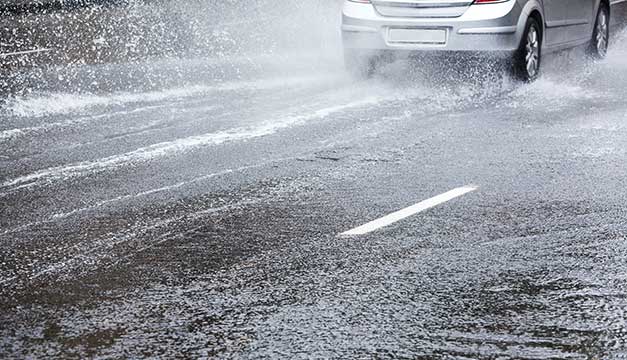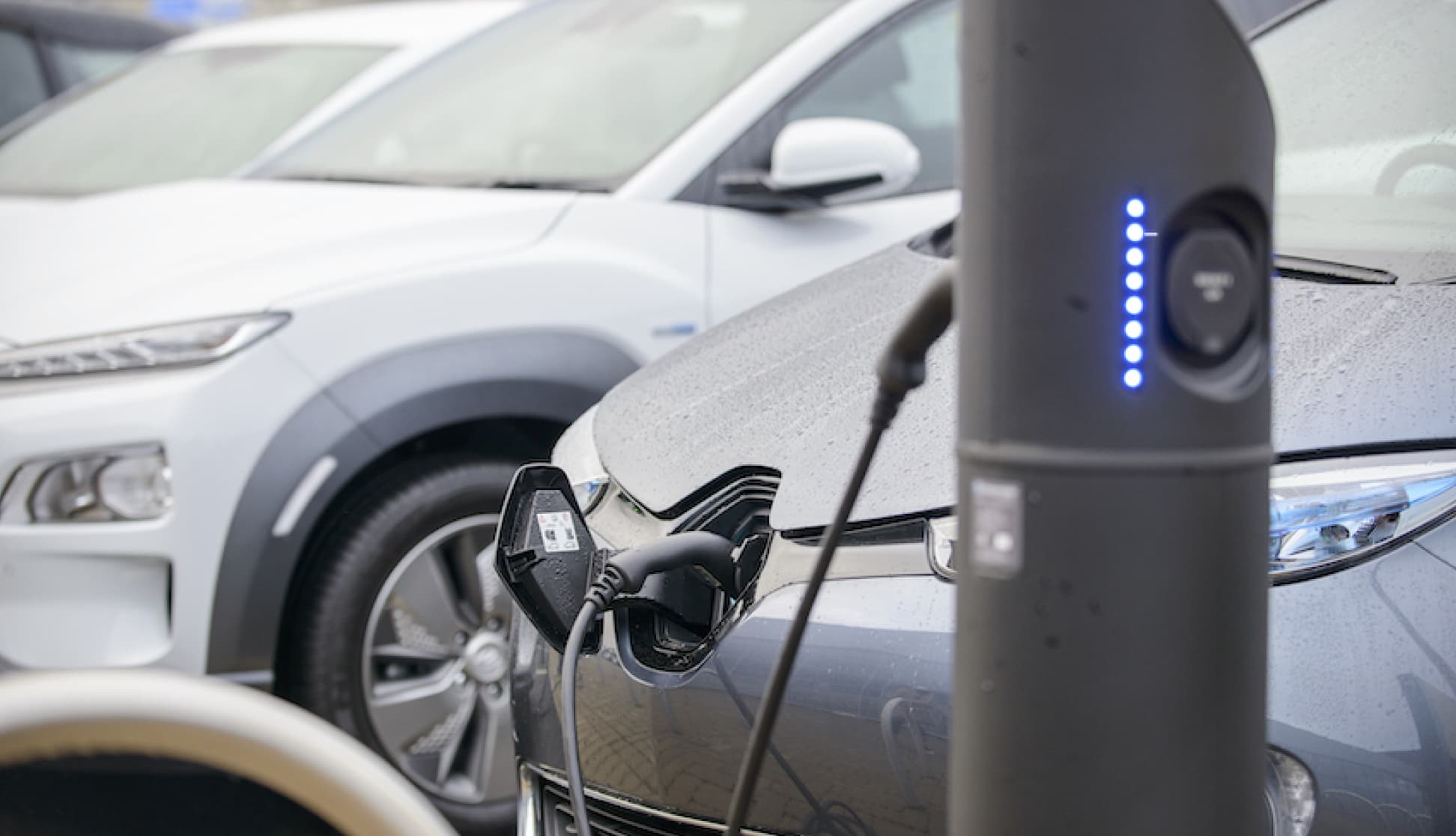With these challenging conditions in mind, we’ve put together some simple driving tips to help you and your drivers keep safe.
Tips for driving in high winds
- Vehicles are most vulnerable to gusts of wind when driving on open stretches of road, so it’s a good idea to choose routes with less exposure to crosswinds, if you can.
- Reduce your speed. Strong winds can affect your handling so slow down to anticipate any sudden changes in conditions.
- We all know that large, high-sided vehicles and high winds don’t mix. However, remember that other motorists can be hit by sudden gusts of wind created by these vehicles.
- Cyclists and motorcyclists face greater difficult in these conditions. Allow them more room than usual when you’re passing.
- Strong winds are not always consistent and can happen at any time. To stop the wind catching you off guard, hold the steering wheel firmly and be extra vigilant.
- Try to park your vehicle in a safe place, away from trees and other objects, which could be damaged by the winds and result in debris.
Tips for driving in snow and icy conditions
- Think braking distances. These will vary depending on the road conditions. Braking distances are at least double on wet roads (normally 23 metres when travelling at 30mph). In snow or icy conditions, they go up to 230 metres – that’s ten times greater.
- Drive slowly in as high a gear as possible. Brake very gently, using lower gears to slow the vehicle.
- Reduce speed on bend or turns, always steering gently and avoiding any sudden actions that could cause you to lose control of the vehicle.
- When you drive on ice, steering may feel unresponsive or light and will make little noise. If you do skid, remove your foot from the accelerator to let the car slow down. Steer in the direction you want the car to go.



